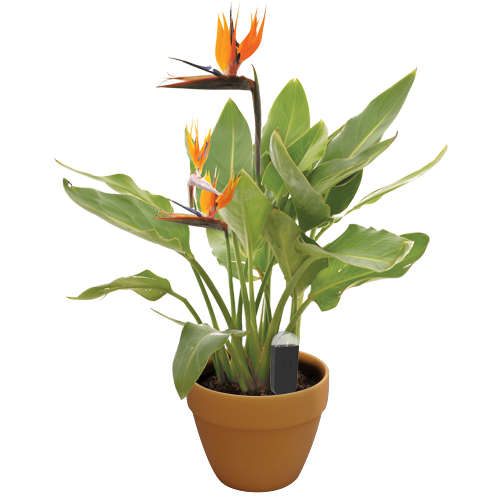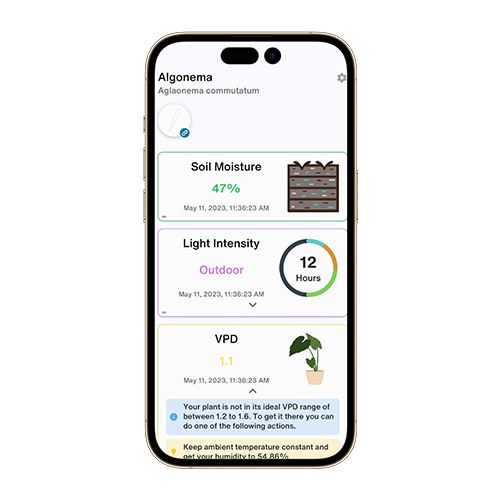Daucus pumilus
TAXONOMY
FamilyApiaceae
GenusDaucus
Zone6
LEARN MORE
Plants of the World OnlineABOUT
Daucus pumilus, a member of the Apiaceae family, is a lesser-known species within the Daucus genus. It is native to Mediterranean regions and is known for its delicate, finely divided leaves and small, white, umbel-shaped flowers. This plant is typically found in dry, open habitats and is adapted to well-drained soils.
ALSO KNOWN AS
Caucalis Cretica
Dwarf Carrot
Caucalis maritima
Caucalis pumila
Daucus maritimus
Daucus microphyllus
Daucus pumilus subsp. microcarpus
Daucus pusillus var. microphyllus
Orlaya bubania
Orlaya cretica
Orlaya maritima
Orlaya maritima var. breviaculeata
Orlaya maritima var. microcarpa
Orlaya maritima var. tarhunensis
Orlaya pumila
Pseudorlaya bubania
Pseudorlaya maritima
Pseudorlaya pumila
Pseudorlaya pumila f. breviaculeata
Pseudorlaya pumila f. microcarpa
Pseudorlaya pumila subsp. microcarpa
Pseudorlaya pumila var. microcarpa
Pseudorlaya pycnacantha
OVERVIEW
VPDCalculate
WaterDry
SoilLoamy
LightDirect Bright (6 Hours)
Temperature20° C
Humidity50%
GDD1,350
pH6.5
Pressure1,013 mbar
DETAILS
Care Instructions
Daucus pumilus requires bright, direct sunlight for optimal growth. It thrives in moderate temperatures and prefers environments with average humidity. Water the plant when the soil is almost completely dry, ensuring it does not remain waterlogged. This plant is relatively easy to care for if its basic needs are met.Harvest
Daucus pumilus, being an annual plant, typically reaches maturity and is ready for harvest around 90 days after planting. Harvesting should be done when the roots are fully developed and before they become woody. The best time to harvest is in the early morning when the soil is moist, making it easier to pull the roots out. Gently loosen the soil around the plant with a garden fork and carefully pull out the entire plant to avoid damaging the roots. Ensure that the harvested roots are cleaned and stored in a cool, dry place to maintain their quality.Soil
Daucus pumilus prefers well-draining loamy soil. It can tolerate a range of soil types but performs best in soils that do not retain excessive moisture. Ensure the soil is slightly acidic to neutral for optimal growth.Fertilizer
Use a balanced fertilizer with a nutrient composition of 5-10-10. Fertilize the plant during the growing season to support its development. Avoid over-fertilizing, as this can lead to nutrient imbalances.Repotting
Repot Daucus pumilus when it outgrows its current container or if the soil becomes compacted. Choose a slightly larger pot with good drainage. Repotting is best done in the early spring before the growing season begins.Propagation
Daucus pumilus can be propagated by seeds. Sow the seeds in well-draining soil in early spring. Keep the soil moist until germination occurs. Thin the seedlings to allow adequate space for growth.Pruning
Pruning is not typically required for Daucus pumilus. However, you can remove any dead or damaged foliage to maintain the plant's appearance and health.Toxicity
Daucus pumilus is not known to be toxic to pets or humans. However, as with all plants, it is advisable to prevent pets and children from ingesting any part of the plant.REVOLUTIONIZE YOUR PLANT CARE
Make Every Plant Smart

Plant Monitor
STAYS IN YOUR PLANT
Accurately measures the core metrics of your plant – soil moisture, light, temperature and humidity - as well as compound metrics such as Vapor Pressure Deficit (VPD) and Growing Degree Days (GDD).
Shop Now
